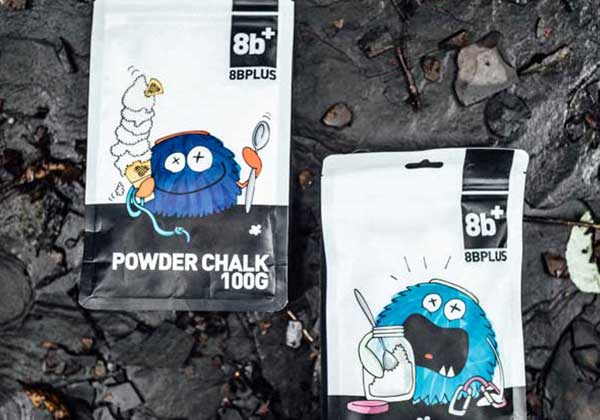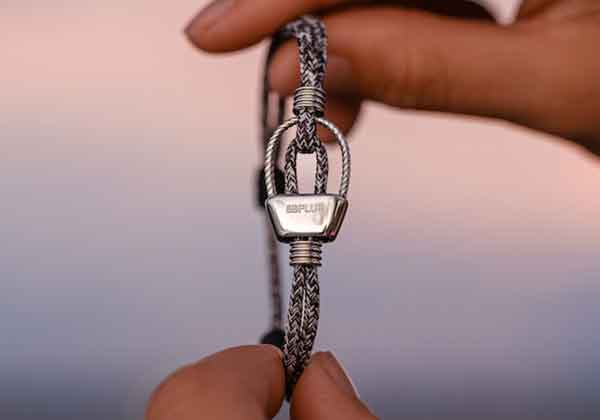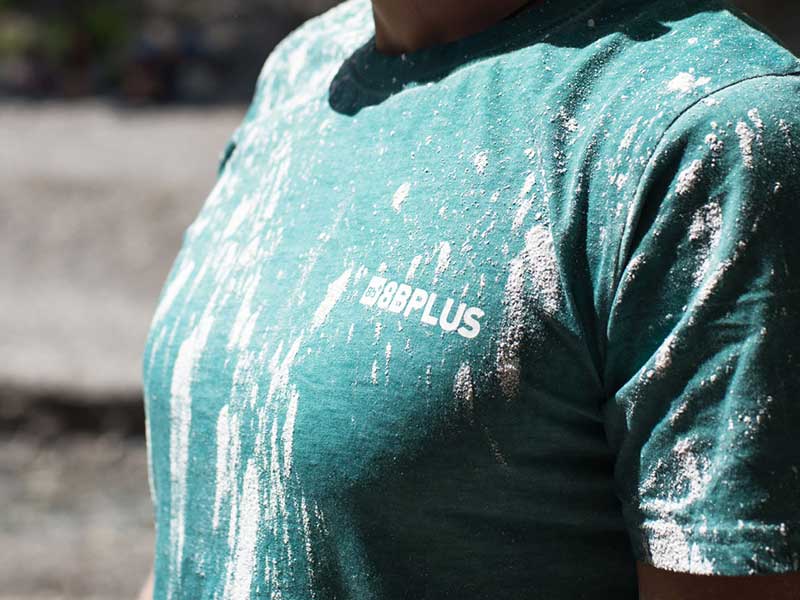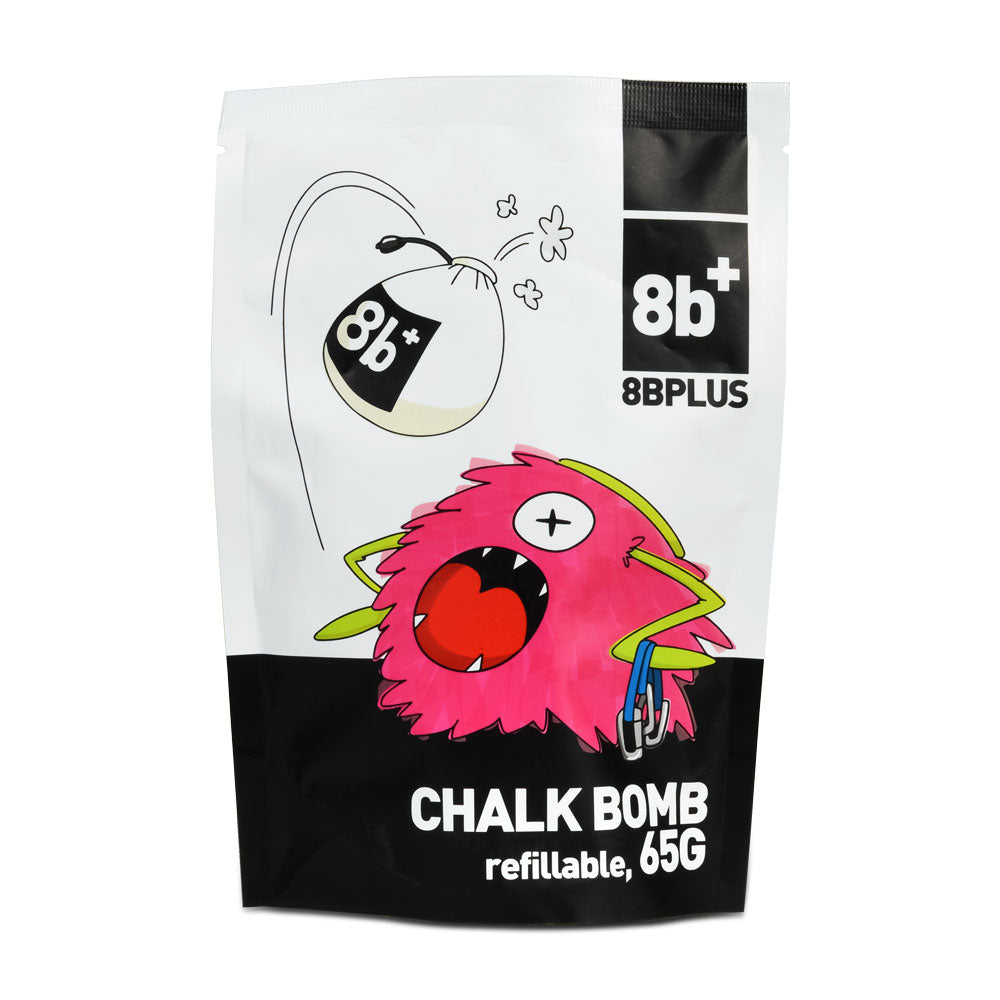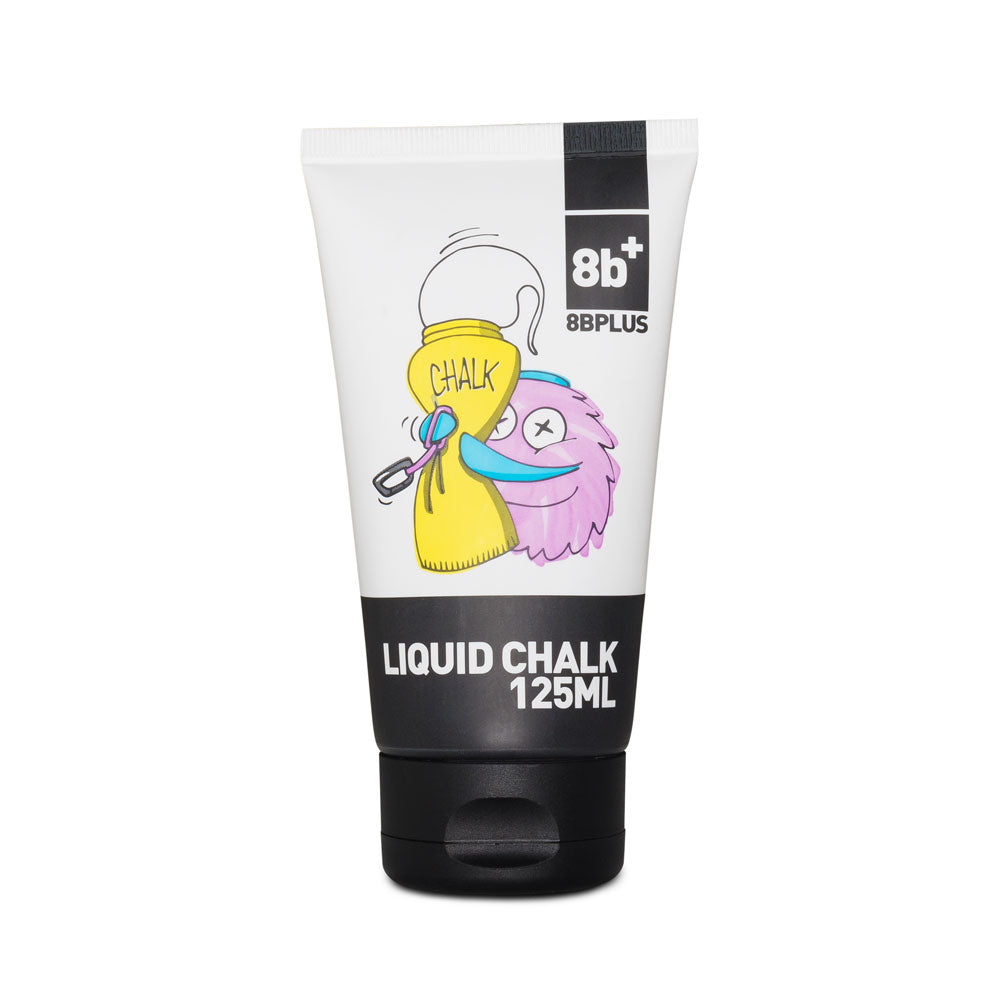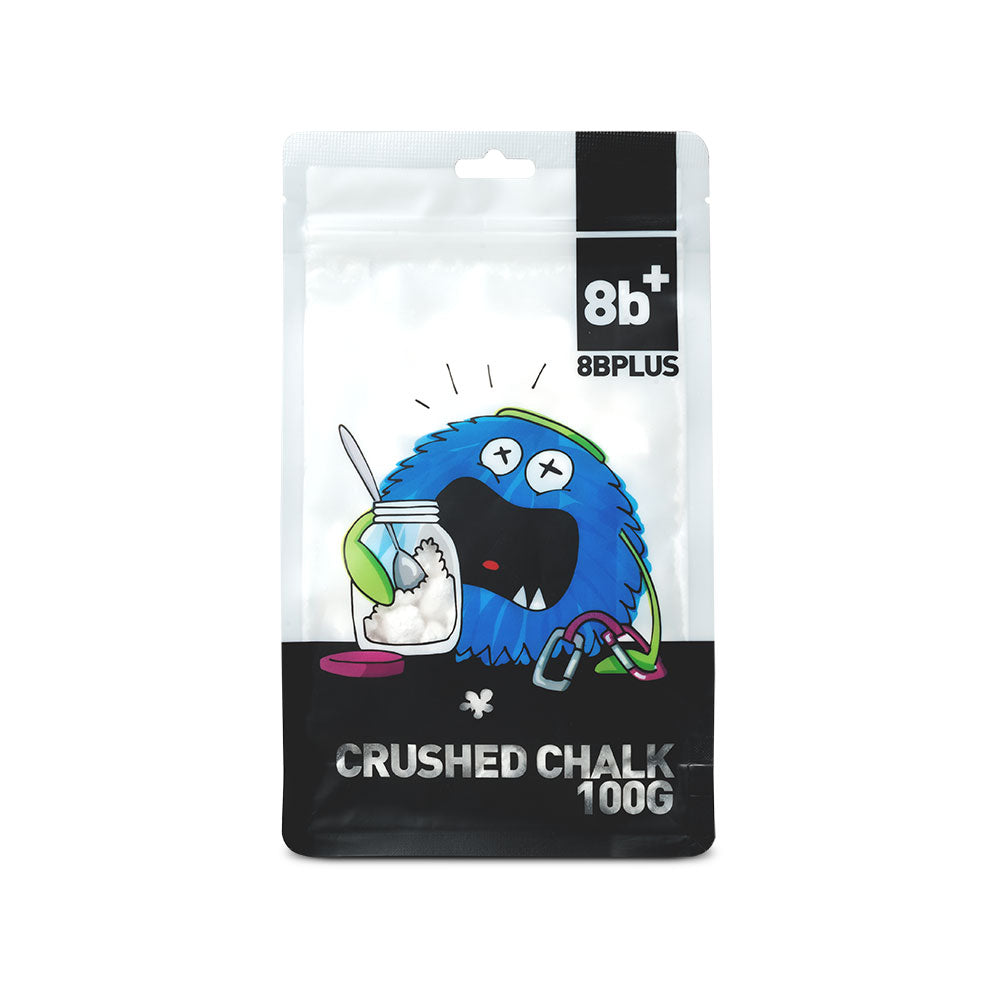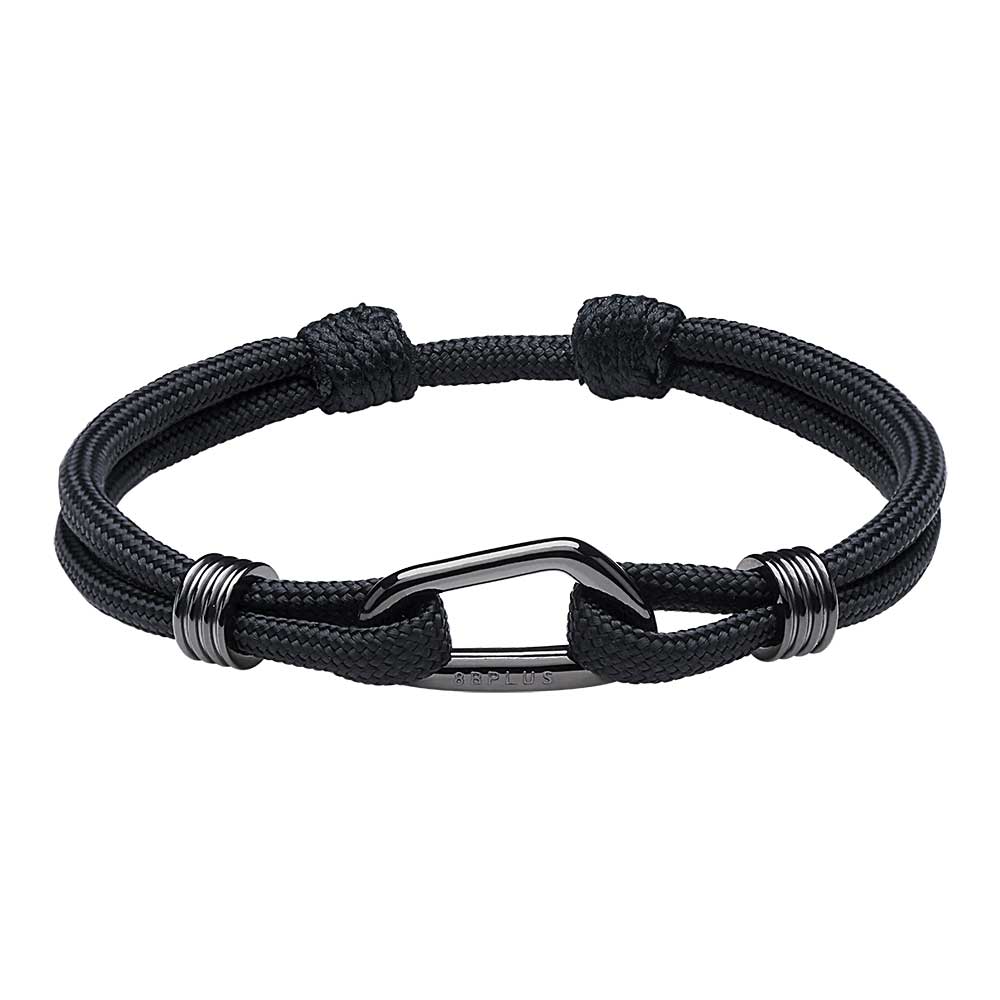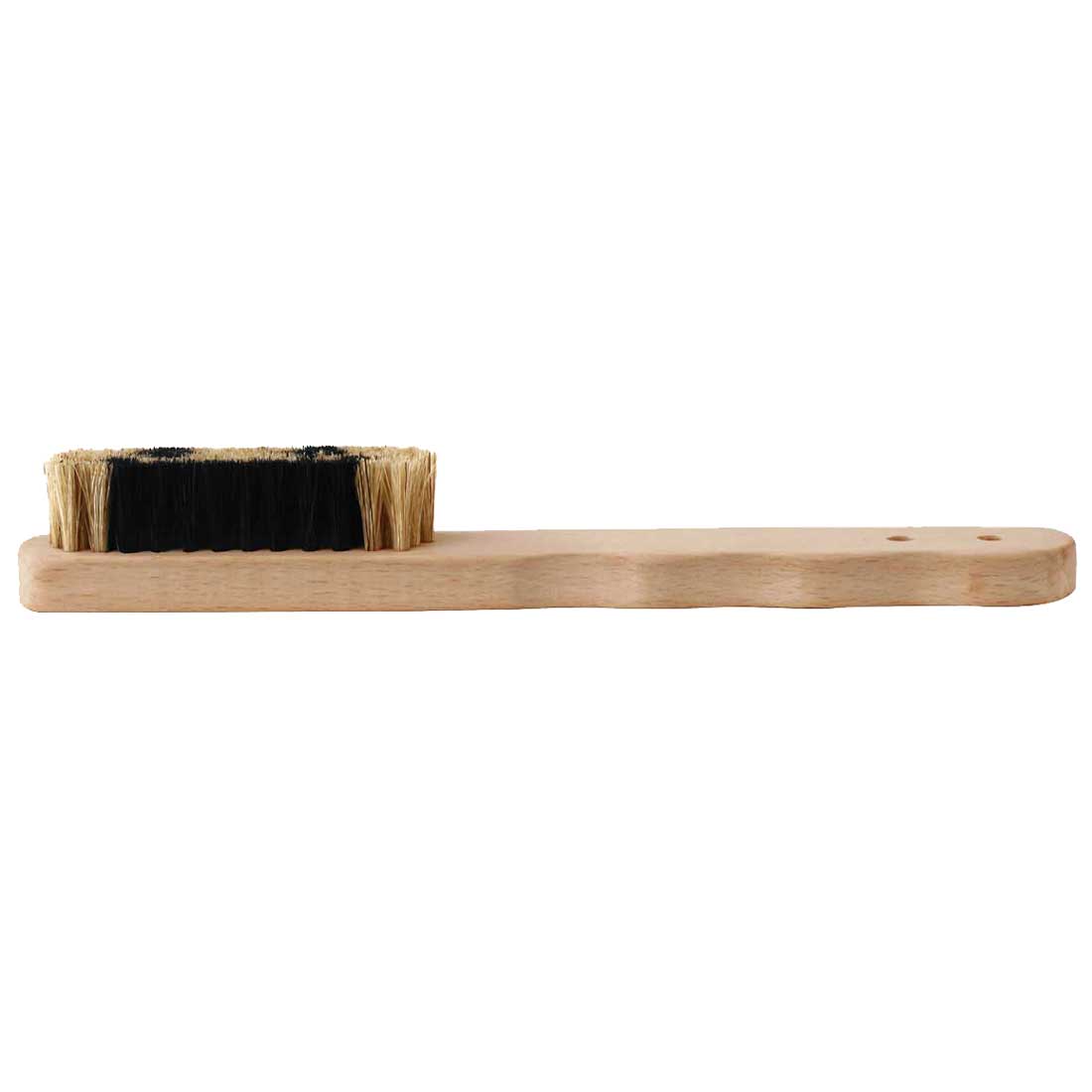
Climbing Jargon 101
Climbing jargon is weird. If you’re here, you’ve probably heard a bunch of strange-sounding jargon in the gym or at the crag (don’t worry, you’ll learn this one too). The list of words below is some of the strangest and most common climbing terminologies you’ll need to know to keep up in conversations!
Crag
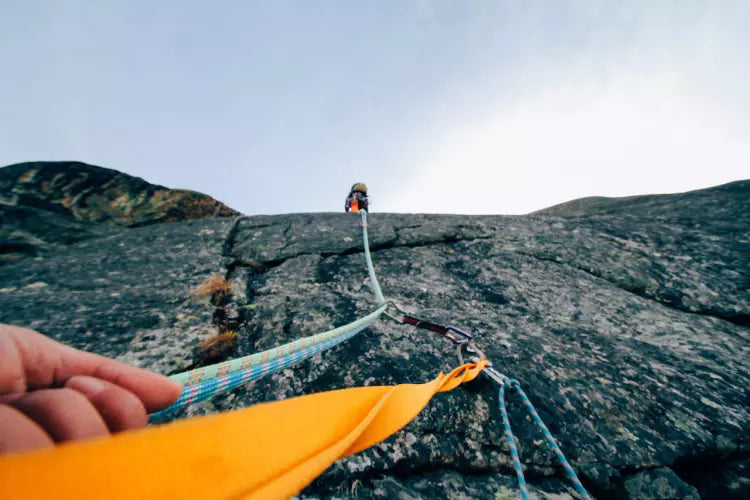
The crag refers to the outdoor space where the climbing routes or boulders are. Usually, it is a small cliff face or a collection of boulders. For example, they’re still at the crag but returning soon. Crag is a very popular term, and you’ll hear it left and right at the gym. It’s so common that you’ll probably confuse your non-climbing friends when you casually and confidently refer to the crag.
Approach
The approach refers to the journey to the crag. For example, the approach was long, but the crag was worth it! Sometimes the approach is a hike up or down a mountain, and sometimes it’s a rappel down to the base of the cliff. No matter what it entails, it’s still considered the approach.
Beta
Beta. That is arguably the most crucial piece of jargon to understand. Beta is the sequence, or part of the sequence, of movements you perform while climbing up a route or boulder. For example: What beta did they use? Route setters typically set with a specific beta in mind, so you might hear about people “breaking the beta,” which means the beta they used was different than the beta that the route setter intended. But a climber who is 6’3″ will likely use another beta than a climber who is 5’0″, so there is no right or wrong beta.
You might have also heard of a “beta-sprayer.” A beta-sprayer is an individual who tells other climbers what sequence to do while they are on the wall, saying something along the lines of, “put your right foot there!” Beta-spraying is not recommended unless you ask the climber if they want your beta beforehand.
Whip
A whip is a lead fall from above the last clipped bolt. For example, they took the craziest whip on that route yesterday. Some say they took a “whipper,” and these terms are used interchangeably. Usually, using the term whip will refer to a slightly bigger lead fall than just a few feet.
Send vs. Flash
These two terms can be confusing because they are similar. A send is when a climber completes the route or boulder without any falls or takes. A flash is when a climber completes the route or boulder without falling or takes on their first try. For example: Did you flash that boulder? No, but I sent it on my second try. It is only considered a flash if you complete it on your first-ever try of the route or boulder. Any attempt that is successful after your first try is a send.
Pump

Feeling the pump refers to your forearm flexor muscles burning while climbing. For example, I got so pumped on that route because I’d never climbed on a 100 ft wall before. Usually, getting pumped occurs on long sport routes since sustained climbing makes those forearm flexors burn. You can get pumped on any climbing, though.
You may have heard of getting “flash pumped.” A flash pump is when a climber does not complete a thorough enough warm-up and gets a crazy forearm pump that remains pumped much longer than a typical pump. Sometimes a flash pump doesn’t go away for the entire duration of your climbing session! (Hint, hint, warming up is essential).
There are plenty of other climbing terms not listed, but these seven are the most commonly used. Understanding this jargon will open a gateway to more accessible communication with other climbers!




